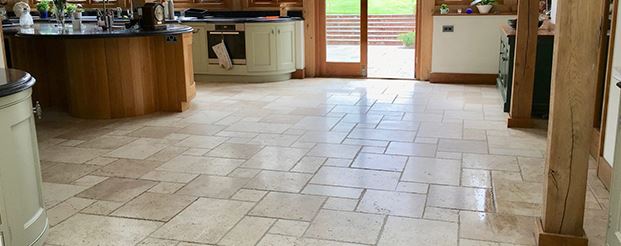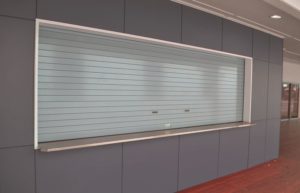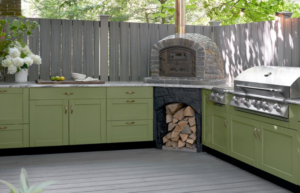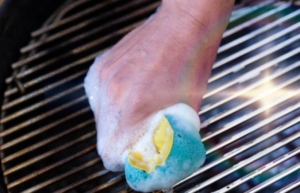Travertine as a Flooring Option

Travertine belongs to the limestone family, and it is found in areas where there are mineral deposits. When it is sold as a flooring material, it comes in the form of a tile in numerous earth colours such as browns, tans, and beige. Since it is a natural stone, its use is limited to certain locations as it has specific requirements for maintenance. When you install travertine the right way, your surface will have a unique appearance that brings out the mountain-born magnificence of the surface. Considering the popularity of travertine, its important to look at the pros and cons of having it as a flooring option.
The Pros
- Style – Travertine is among the most ancient building materials to have ever existed. The mere presence of the stone on a floor adds a sense of age and stature to the surroundings. Since it is a natural stone, each tile is unique in appearance giving your floor a stylish look.
- Durability – The material is hard, which enables it to withstands harsh conditions with no cracks, scratches, or chips to show. With the right care, travertine floor has the potential to last for decades. Weathering due to age is not a disadvantage but an advantage as it gives the floor a vintage look. However, if you do not like the weathered appearance, you can apply a stone sealing substance periodically to prevent the change.
- Easy to Repair – the stone comes in the form of a tile;therefore, if one piece gets damaged, it is easy to remove it and replace it with another one. It is advisable to keep a few extra tiles after installation for a future replacement and to avoid having mismatched tiles during repairs.
- Reserved – Other than the natural stone appearance, the tile has a subdued dignity that is due to its soft colours. It is mostly found in earth colours such as beige, tan, and grey, which brings out the immense dominance of earth to any floor without making the room look too overwhelmed with many colours.
Cons
- Difficult to Maintain – The tiles have microscopic pores on the surface that enable liquids and other agents to seep through thus staining them. However, you can apply a sealer that also penetrates through the surface to seal the pores. The seal is applied during installation and periodically after that. If you wish to maintain the initial glossy appearance of the tile, it is better to reseal as regularly as possible.
- Heavy – The tiles are heavy, which makes installation difficult. It’s important to contact a professional for the installation. The weight also makes the tiles limited to specific floor structures as the floor has to be strong enough to take on the load.
- Cost – Other than the tiles being more expensive than other general flooring options, you will also incur expenses on installation materials such as grout and adhesive. The labour cost for installation is also high.
- Cold – In hot weather the tiles are warm but in cold weather, they retain the cold and can turn a space into a freezing area. It is good to have rugs A travertine floor is an excellent flooring option despite the few disadvantages that can be resolved without difficulty. If you love an antique look in your home, this is the flooring option to consider.
Read Also:





